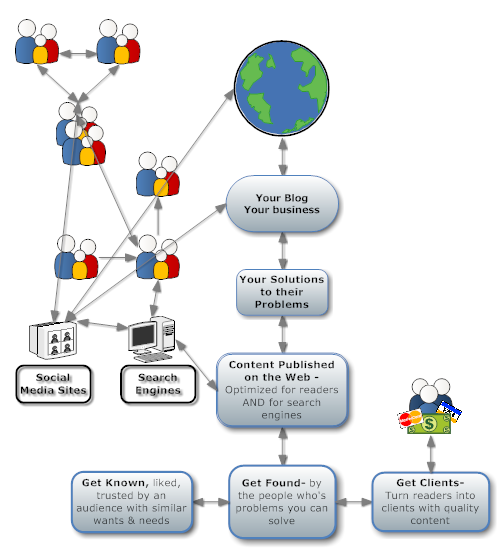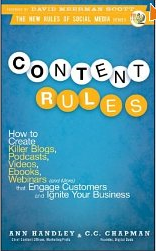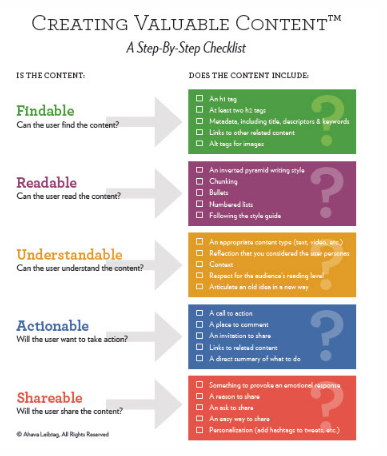 I’m no math genius, nor do I even think remotely like that in analytical terms. But once in a while I stumble upon something that makes sense, saves time, and produces exponential results.
I’m no math genius, nor do I even think remotely like that in analytical terms. But once in a while I stumble upon something that makes sense, saves time, and produces exponential results.
I’m talking about serial writing. You take one main concept, break it down into a list of 5 key elements, write an introductory overview, write a concluding summary, and here’s what you get:
- 7 stand-alone articles to post on your blog and to submit to article directories
- 1 longer article you can include on your website, ezine, and format into a PDF special report to sell or give away as a bonus.
1 idea = 5 points + intro + summary = 7 articles + 1 PDF report
Here’s why I like to do this:
I know that each week I need to come up with fresh content from my blogs and 2 ezines. That could be a struggle to keep fresh, yet stay focused and on topic. Or, it can get my creative juices flowing if I sit down and look at a concept from the stand point of this formula.
Here’s what I’m talking about. I learned this while I was doing it last week. I decided to try to encapsulate the main ingredients of successful online marketing systems – that was the main concept.
I made a list and came up with 6 key elements (actually only 5; the 6th one was recycling the first 5 steps).
I wrote an overview listing all 6 steps, then posted one point each day on our blogs. After the 7th posting, I wrote an 8th one summarizing the points, and including some additional information about the tools necessary for each step.
Then I edited each blog post to become a stand-alone article for submission to article directories. The goal here is to get these keywords out onto the Web in as many different ways as possible. I also am writing a press release with the 6 steps included.
Then I gathered all 8 articles together and edited them into one stand-alone special report and formatted it into a nice PDF file. This can be used as a free give-away for signing up or registering for something, or can be sold as an ebook.
We can also take the 8 articles and turn them into a series of autoresponder messages and call it a mini-course. This would be used to drive traffic to a landing page for selling a course or ebook or other program.
This week, as I wondered what to write about for my blogs, I remembered how easy it has been the last couple of weeks while completing the online success series.
So this is the start of another series: How to Write a Series of Articles for Marketing. Maybe I can find a catchier title, like Confessions of a Serial Writer…? Stay tuned as I walk my talk and show you how to make your writing life easier by multi-purposing.












